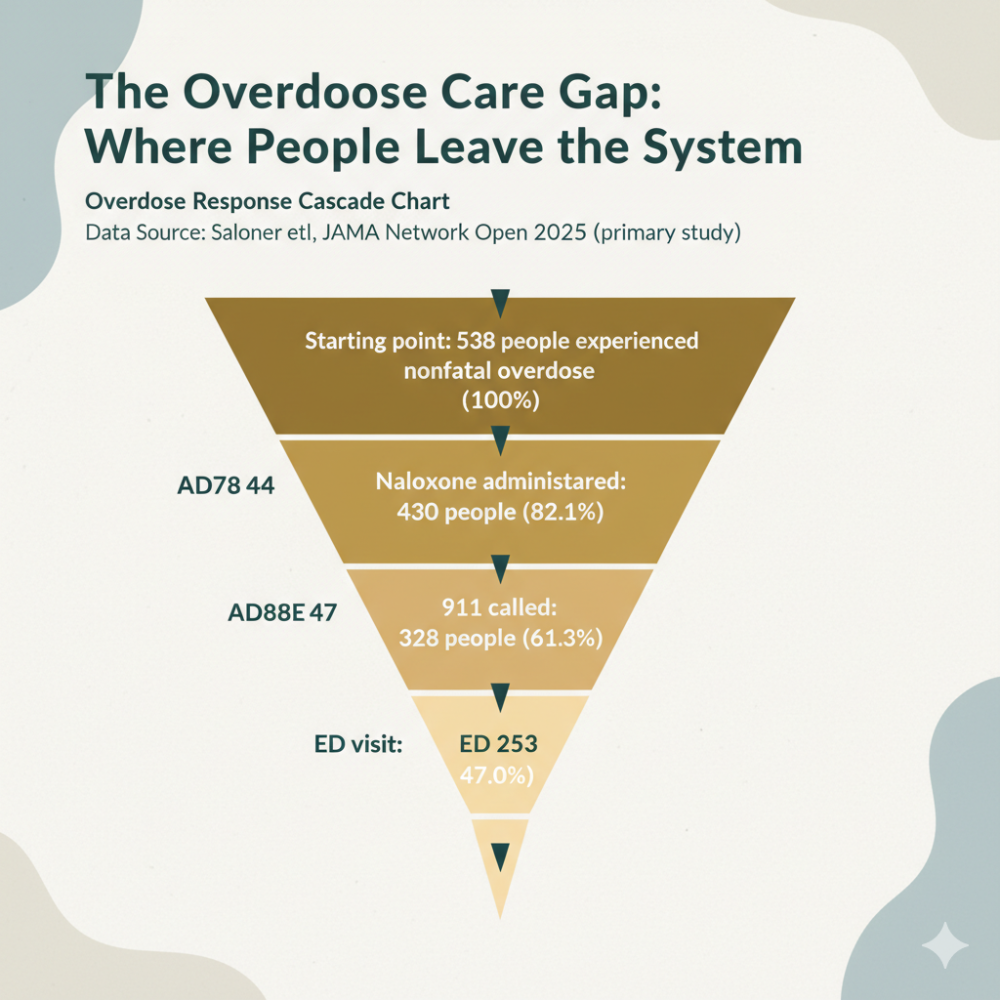The Dangers of Combining GHB & Alcohol
The combination of GHB (gamma-hydroxybutyric acid) and alcohol is a perilous cocktail that has garnered attention in recent years. While both substances individually have profound effects on the central nervous system, their combined impact amplifies the risks exponentially. This article delves into the intricate dynamics of mixing GHB with alcohol, shedding light on the heightened dangers and potential consequences. As we explore the ramifications of this potent blend, it becomes clear that the allure of intensified euphoria comes at a steep cost, one that everyone should be acutely aware of.
Understanding Alcohol and GHB
According to a study conducted by the Substance Abuse and Mental Health Services Administration (SAMHSA) in 2018, approximately 1 in 4 people aged 12 or older (24.5%)
were current binge alcohol users. Alcohol is recognized for its depressant effects on the central nervous system. It can produce a pleasant “buzz” in small quantities. However, in larger doses, it can impair cognitive functions, coordination, and memory, while also inducing sedative effects.
On the other hand, GHB (gamma-hydroxybutyric acid) is an illicit drug, often found in clubs and raves. Commonly known as liquid ecstasy, Georgia homeboy, G, and other street names, GHB is typically distributed as a clear liquid or a white powder dissolved in liquid. Its effects include lowering inhibitions, inducing passivity, and potentially increasing libido.
Due to these effects, GHB is sometimes used as a date rape drug. Like alcohol, GHB is a depressant, known to cause drowsiness, mental confusion, and in higher doses, hallucinations and aggression. The Drug Enforcement Administration (DEA) notes that GHB is frequently mixed with alcoholic beverages, a combination that can be perilous.
Effects of GHB on the Mind
GHB, while present in minuscule amounts naturally within the central nervous system, has a profound impact when consumed. As a Central Nervous System (CNS) depressant, GHB can induce a range of effects, including:
- A sense of euphoria
- Loss of Inhibitions
- Uncoordinated Body Movements
- Excessive Salivation
- Drowsiness
- Reduced anxiety
- Confusion
- Memory impairment
In some instances, GHB can lead to visual hallucinations. Interestingly, despite its depressant nature, it can also cause heightened excitement and aggressive behavior. It’s crucial to note that when combined with alcohol or other depressants, GHB significantly amplifies the CNS depressant effects.
Effects of GHB on the Body
When consumed, GHB begins to manifest its effects within a span of 15 to 30 minutes, with these effects typically lasting between 3 to 6 hours. At lower doses, GHB can induce feelings of nausea. However, the consequences become more severe with increased dosages. A high dose of GHB can lead to:
- Unconsciousness
- Seizures
- A significant reduction in heart rate
- Profoundly decreased breathing
- Drop in body temperature
- Vomiting
- Potential coma
- In extreme cases, death
Consistent consumption of GHB can pave the way for addiction. Those withdrawing from the substance might experience:
- Paranoia
- Hallucinations
- Dangerously High Blood Pressure
- Sleep disturbances or insomnia
- Heightened anxiety
- Tremors
- Elevated heart rate
- In some instances, psychotic thoughts
It’s essential to understand that there is no specific antidote for GHB intoxication at present. Additionally, analogues of GHB have been identified to cause side effects such as:
- Irritation to the skin and eyes upon topical contact
- Nausea and vomiting
- Incontinence
- Loss of consciousness
- Seizures
- Damage to the liver
- Kidney failure
- Respiratory depression
- In severe cases, death.
Heightened Risks of Combining GHB and Alcohol
The combination of GHB and alcohol can be particularly hazardous. Both substances amplify each other’s sedative and depressant effects. This can lead to increased vulnerability to accidents, injuries, and potential crimes such as sexual assault.
Both substances impact the brain’s regulation of mood, memory, decision-making, and coordination. When combined, the side effects are intensified, leading to rapid intoxication and heightened vulnerability to adverse outcomes. One of the most common side effects of this mixture is vomiting. More seriously, the combination can lead to life-threatening overdoses, characterized by symptoms such as:
- Nausea and vomiting
- Lowered body temperature
- Weak pulse and irregular heart rate
- Severe mental confusion and potential psychosis
- Seizures
- Loss of consciousness
The Centers for Disease Control and Prevention (CDC) highlights the alarming fact that around six people die daily in the U.S. from alcohol poisoning, with drugs often playing a role in these fatalities.
Increased Rate of Addiction from the Combination of GHB and Alcohol Abuse
Both GHB and alcohol have addictive properties. Regular consumption over time can lead to dependency, making it challenging for individuals to regulate their intake. When combined, the risk of physical dependence increases, leading to severe withdrawal symptoms when the substances are not present in the bloodstream.
Symptoms can range from tremors, anxiety, raised blood pressure, insomnia, to more severe effects like psychotic thoughts, hallucinations, and seizures. The combined withdrawal effects of GHB and alcohol can be life-threatening, further perpetuating the cycle of abuse.
Treatment Considerations for Alcohol and GHB Use
Given the severe withdrawal symptoms associated with the combination of alcohol and GHB, medical detox is often the initial step in treatment. A medically supervised detox program allows for the safe processing of the drugs from the body under professional supervision. Following detox, a residential treatment program is recommended to equip individuals with the tools and skills needed for a balanced life in recovery.
Gallus Detox Can Help
While both alcohol and GHB have individual risks, their combination can lead to amplified dangers, including heightened risk of overdose, increased addiction rates, and severe withdrawal symptoms. Awareness and understanding of these risks are crucial for prevention and timely intervention.
If you or someone you know is struggling with substance abuse, including the dangerous combination of GHB and alcohol, it’s crucial to seek professional help. At Gallus Medical Detox, we understand the challenges individuals face when it comes to addiction and dependency on these substances.
Gallus Medical Detox is committed to providing a safe and comfortable environment for detoxification from alcohol and other drugs. Our experienced medical staff specializes in managing the complexities of withdrawal, ensuring that individuals can begin their journey to recovery with confidence. If you’re unsure about your substance use or if you or a loved one needs help, consider taking our confidential self-assessment to better understand your situation. Your well-being is our priority, and we’re here to support you every step of the way.
Call us today at 866-272-5978 or visit our website to take your self-assessment and start your path towards a healthier, substance-free life.
FAQ About GHB and Alcohol
What is GHB?
GHB, or gamma-hydroxybutyric acid, is a central nervous system depressant often referred to as liquid ecstasy. It’s known for its ability to lower inhibitions, potentially heighten libido, and produce feelings of euphoria.
How does alcohol interact with GHB?
Both alcohol and GHB are depressants. When combined, their sedative effects are amplified, leading to heightened risks of overdose, impaired judgment, and increased vulnerability to accidents and potential crimes.
How quickly does GHB take effect?
GHB typically takes effect within 15 to 30 minutes after consumption, with effects lasting between 3 to 6 hours.
What are the symptoms of a GHB overdose?
Symptoms can include unconsciousness, seizures, slowed heart rate, reduced breathing, lowered body temperature, vomiting, nausea, and in severe cases, coma or death.
Can regular use of GHB lead to addiction?
Yes, regular consumption of GHB can result in addiction. Withdrawal symptoms include insomnia, anxiety, tremors, increased heart rate and blood pressure, and occasionally, psychotic thoughts.
Is there an antidote for GHB intoxication?
Currently, there is no specific antidote available for GHB intoxication. Immediate medical attention is crucial if someone is suspected of overdosing on GHB, especially if combined with alcohol.
What are GHB analogues, and are they safe?
GHB analogues are compounds similar in structure to GHB. They can produce side effects like topical irritation to the skin and eyes, nausea, vomiting, incontinence, loss of consciousness, seizures, liver damage, kidney failure, respiratory depression, and even death.
Why is the combination of GHB and alcohol particularly dangerous?
The combined use of GHB and alcohol can lead to rapid intoxication, making individuals more susceptible to accidents, injuries, and potential crimes like sexual assault. The risk of life-threatening overdose also increases significantly when these substances are mixed.
How can one seek help for GHB and alcohol abuse?
If you or someone you know is struggling with the combined use of GHB and alcohol, it’s essential to seek professional help. Medical detox followed by a comprehensive treatment program can provide the necessary tools and support for recovery.
References
- GHB – Gamma-Hydroxybutyric Acid. (n.d.). DEA. https://www.dea.gov/factsheets/ghb-gamma-hydroxybutyric-acid
- GHB Fact Sheet. Department of Justice / Drug Enforcement Administration. DEA.https://www.dea.gov/sites/default/files/2020-06/GHB-2020_0.pdf
- Thai, D., Dyer, J. E., Benowitz, N. L., & Haller, C. (2006). Gamma-hydroxybutyrate and ethanol effects and interactions in humans. Journal of Clinical Psychopharmacology, 26(5), 524–529. https://doi.org/10.1097/01.jcp.0000237944.57893.28


 Steve B
Steve B 
